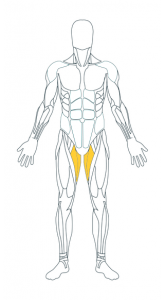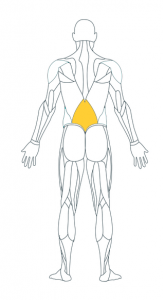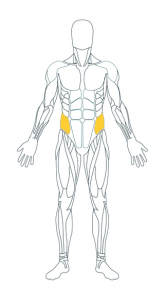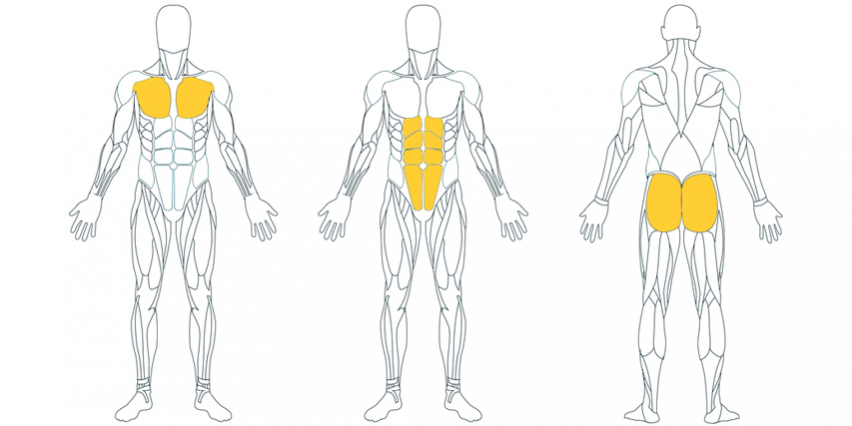A brief explanation of the different muscle groups.
In this blog we will be discussing a brief explanation of the different muscle groups in the human body, as there are many muscles in the human body. We are often asked what the names of these muscles are, where they are located and what exercise they can do to train this muscle.
So in this blog we will be giving you a brief explanation on the different muscle groups in the human body.
ABDOMINAL
Abdominal (Abs) are large group of muscles at the front of your trunk (lower torso) that make up some of the core. They assist in the regular breathing movement and supports the muscles of the spine while lifting and keeping abdominal organs such as the intestines in place.
A simple sit-up or crunch exercise will help develop these muscles.
ADDUCTORS
The leg adductor makes up the inside of the thigh. It contracts and pulls the hip towards the body’s midline, so the adductor muscle brings the leg towards the body making the legs closer together. The adductor is a antagonist of the hip abductors. You will use your leg adductors mainly when moving from side to side or activities like horse riding.

BACK
Your main muscle in the back is called your latissimi dorsi (lats). This is a vast triangular muscle positioned in the mid-section of your back. You have a lat muscle on each side of your back starting from the armpit and then joining together at the spinal column where it is partly covered by the lower part of the trapezius.
BACK (LOWER)
The lower part of the back (lumbar vertebrae) makes up apart of your core area (trunk) and allows for flexibility and movement in back bending (extension) and forward bending (flexion). It does not permit twisting. If you train your lower back regularly with a mixture of strength and stretch exercises then it can help prevent back pain.
The exercise shown, is done on a stability ball. This is just one variation of doing a back extension. You will feel your hamstrings too.

BACK (UPPER)
The largest muscle that makes up the majority part of your upper back is known as the trapezius (traps). This large muscle extends longitudinally from the posterior of the neck to the lower thoracic region of your back and laterally to the shoulder blade. You have a trap on each side of your upper back and they join in the middle at the spinal column.
There are many ways to target this muscle – The upright row being one of many.
BICEPS
The bicep is situated at the front end of your upper arm between the elbow and the shoulder and is the antagonist of the tricep . It is made up of two parts meaning it is smaller than the tricep. It is the muscle principally responsible for flexing the forearm at the elbow joint (bending of the arm).
A simple bicep curl will target the biceps.
BUTTOCKS
CALVES
CHEST
HAMSTRINGS
HIP ABDUCTORS
OBLIQUES

QUADRICEPS
SHOULDERS
The main muscle of the shoulder is called the deltoid (delts). It is split into three parts:- Anterior, middle and posterior. The deltoid muscle is responsible for the brunt of all arm rotation being able to travel in many different directions. This muscle also helps prevent dislocation of the shoulder joint.
The dumbbell shoulder press is a good exercise to target your shoulders.
TRICEPS
TRANSVERSE ABS (TVA)







